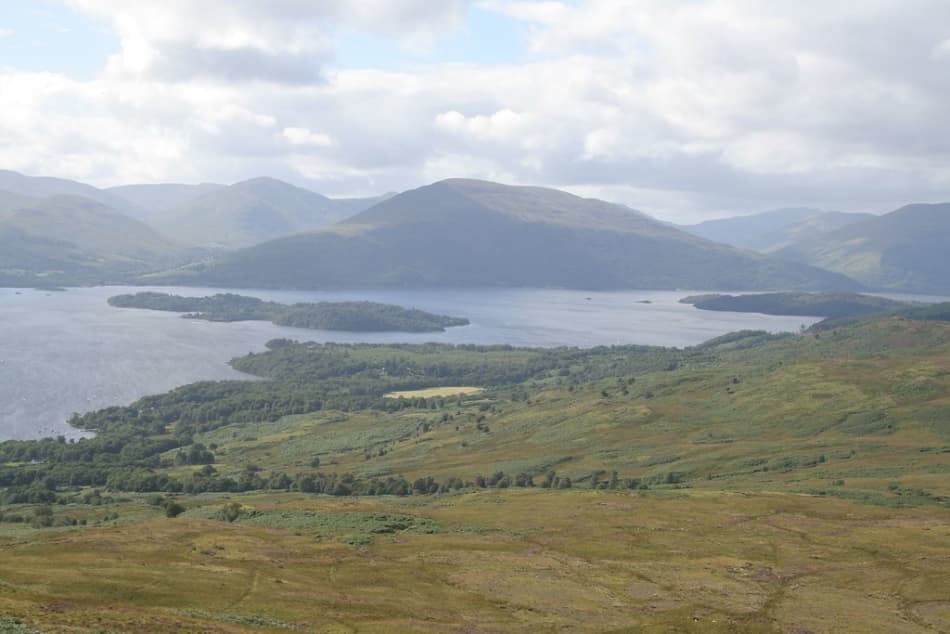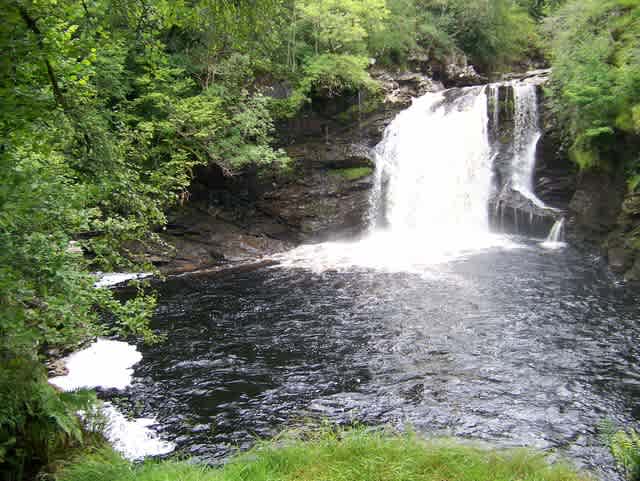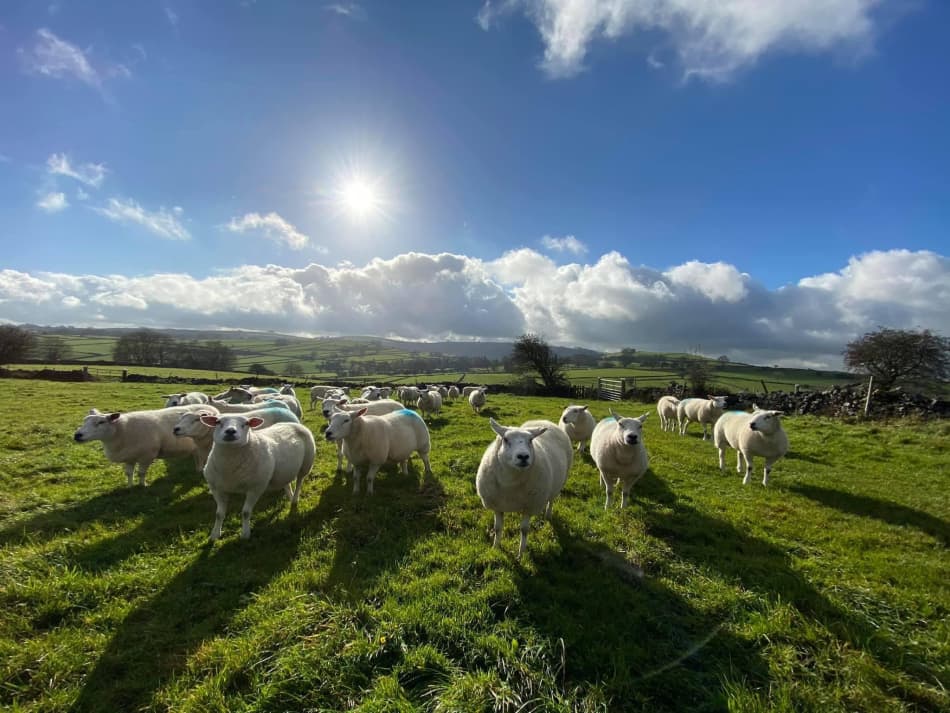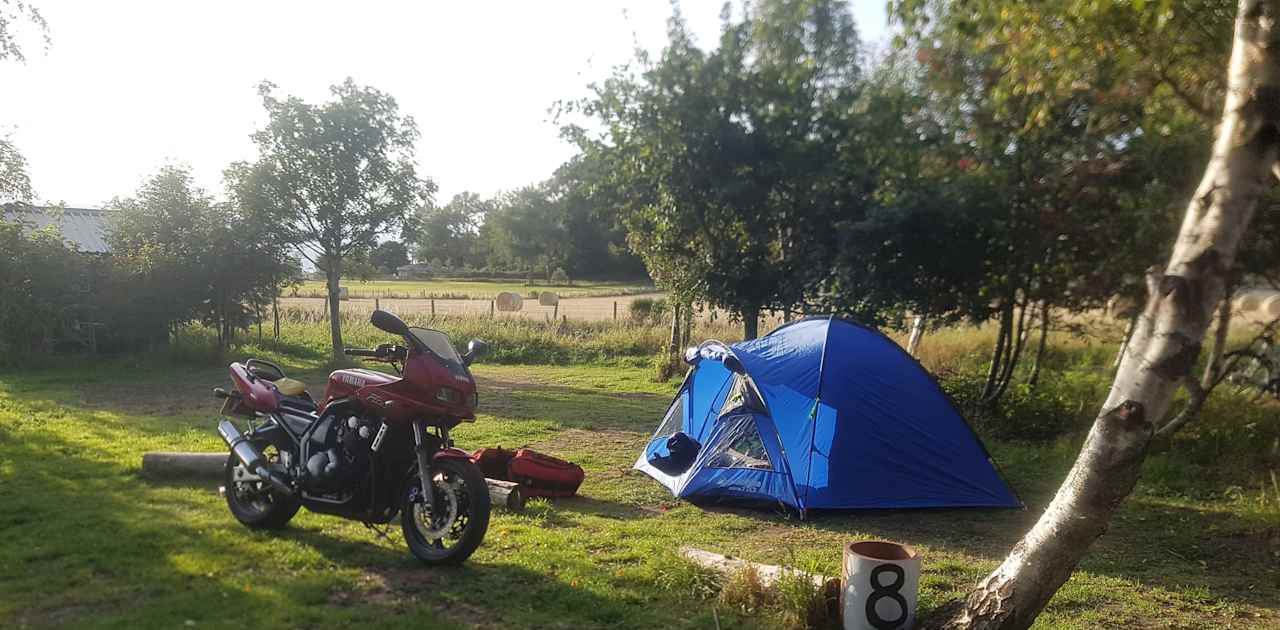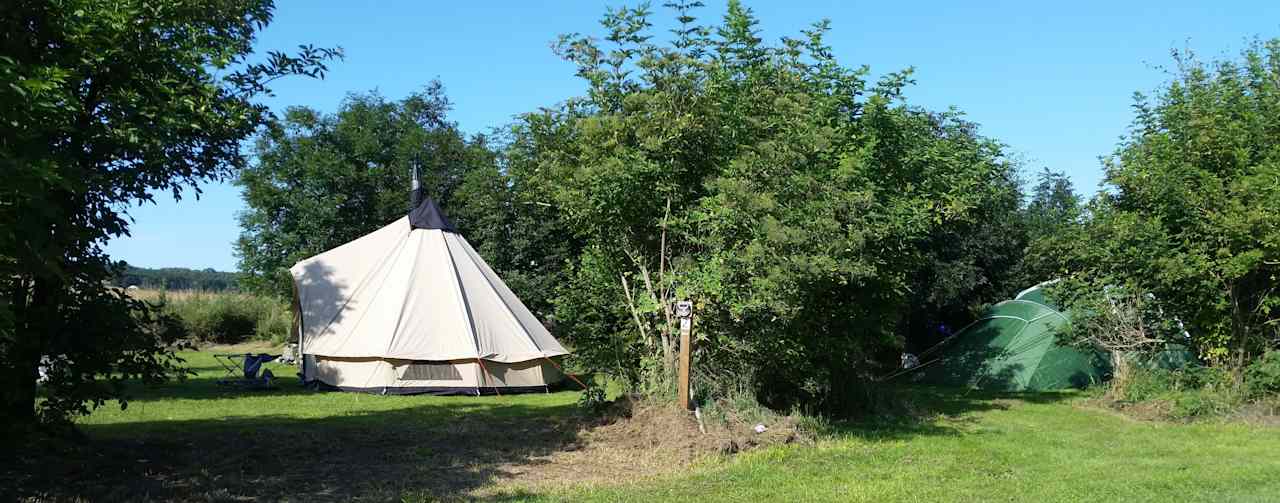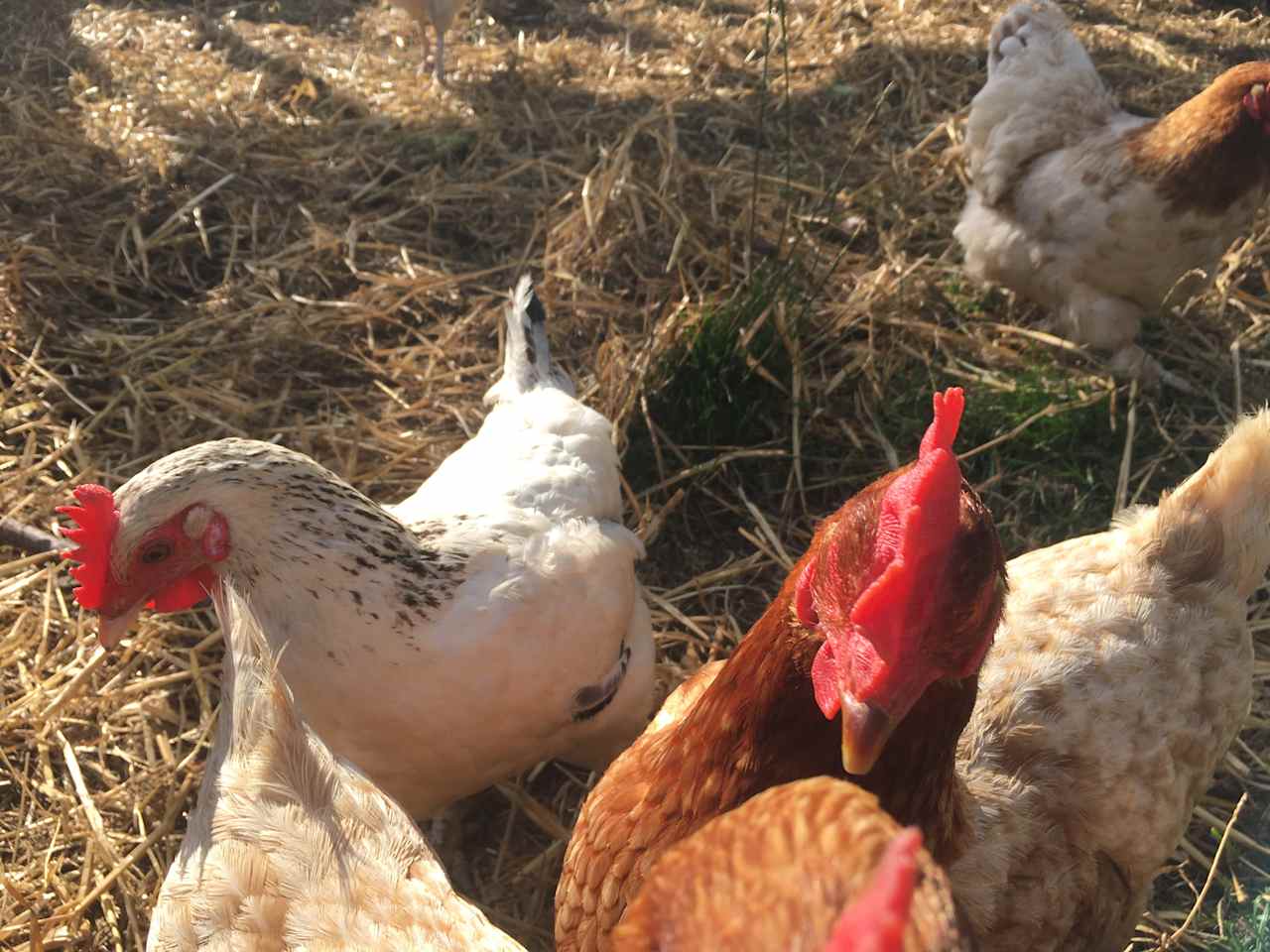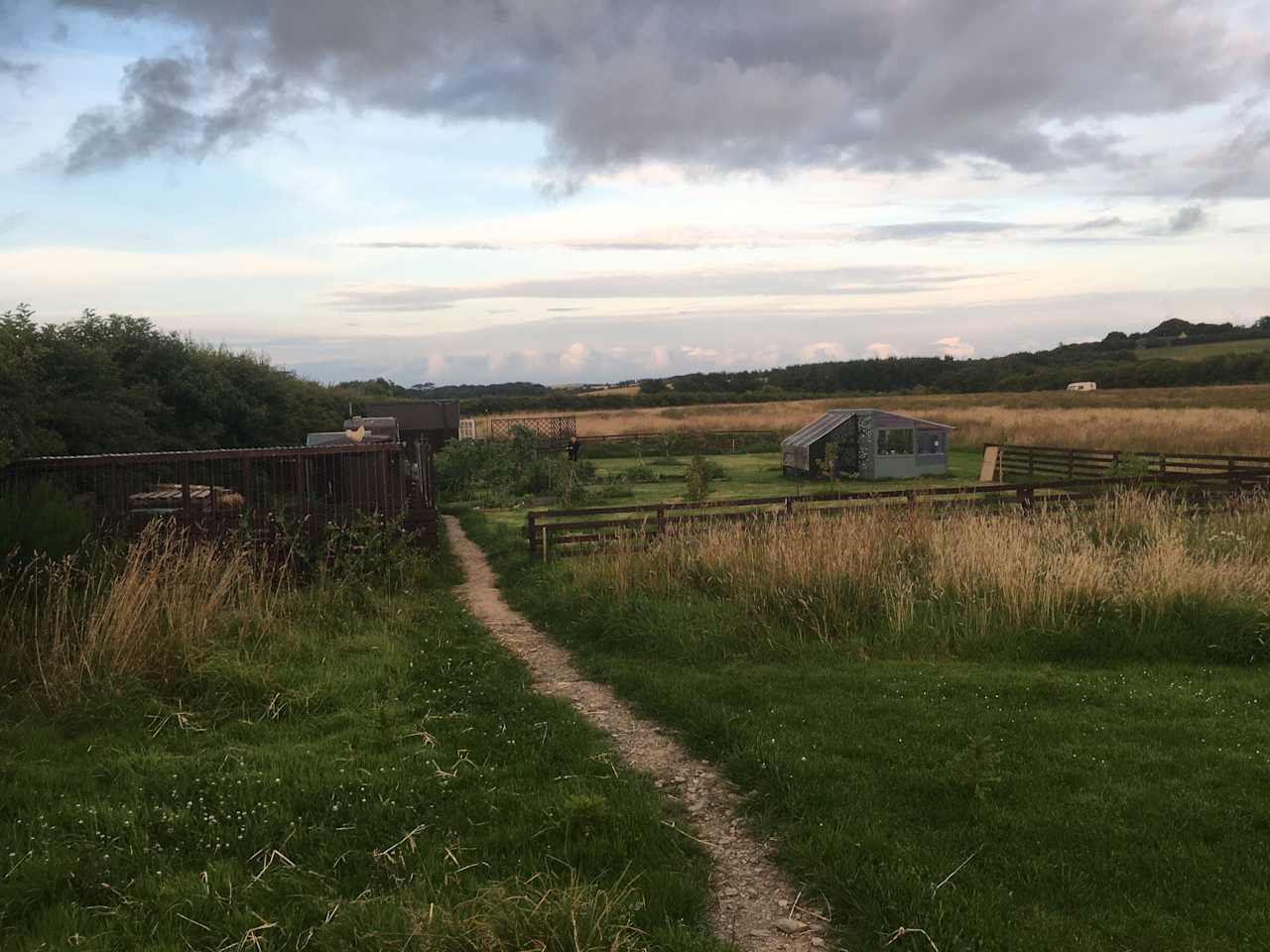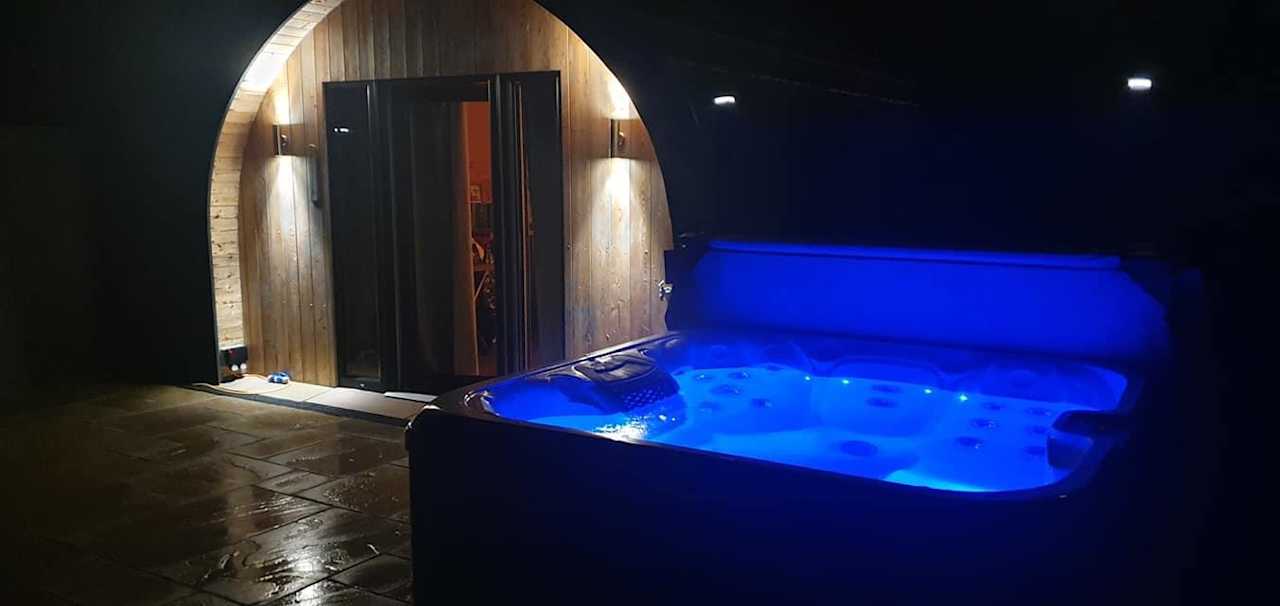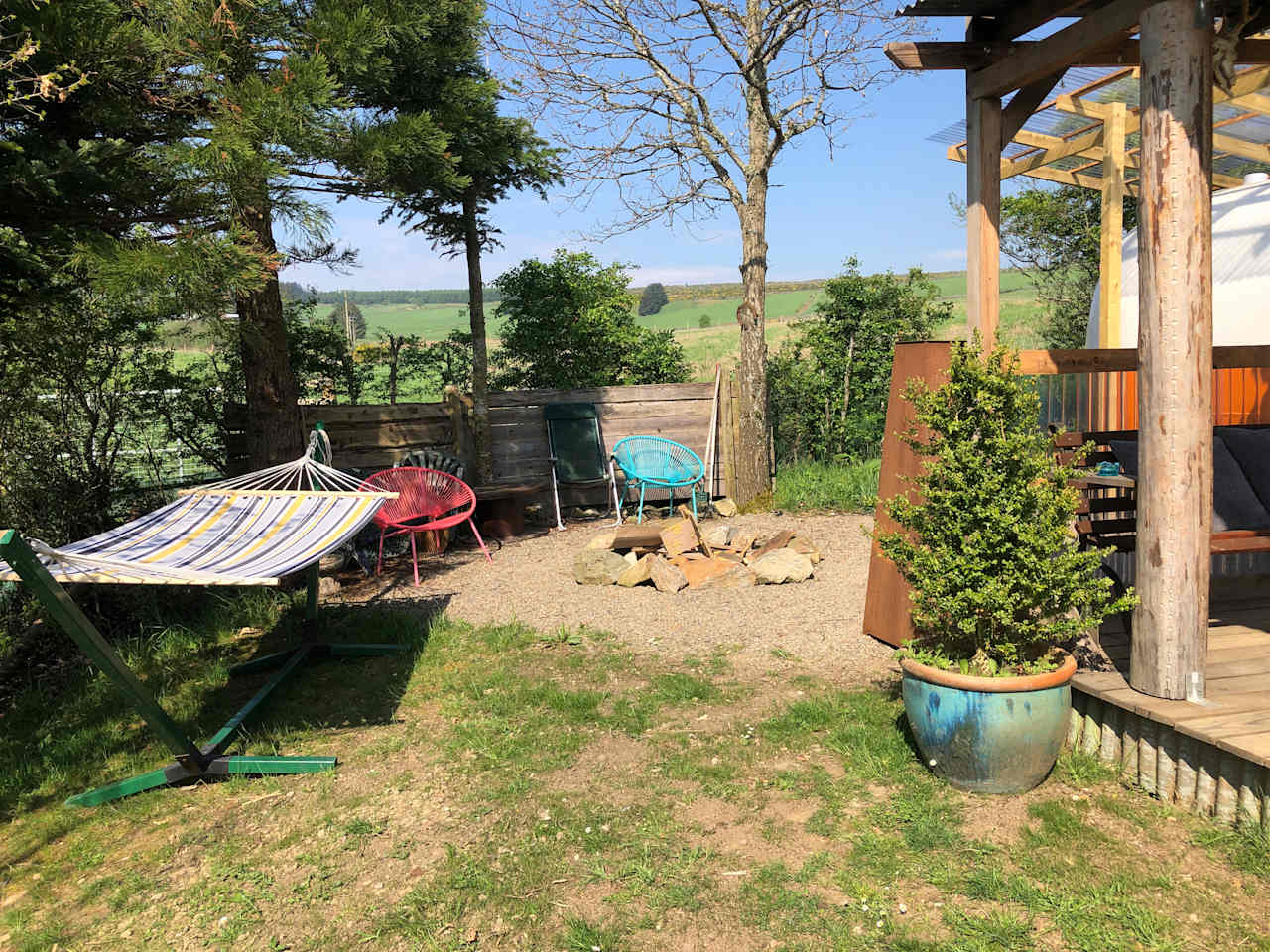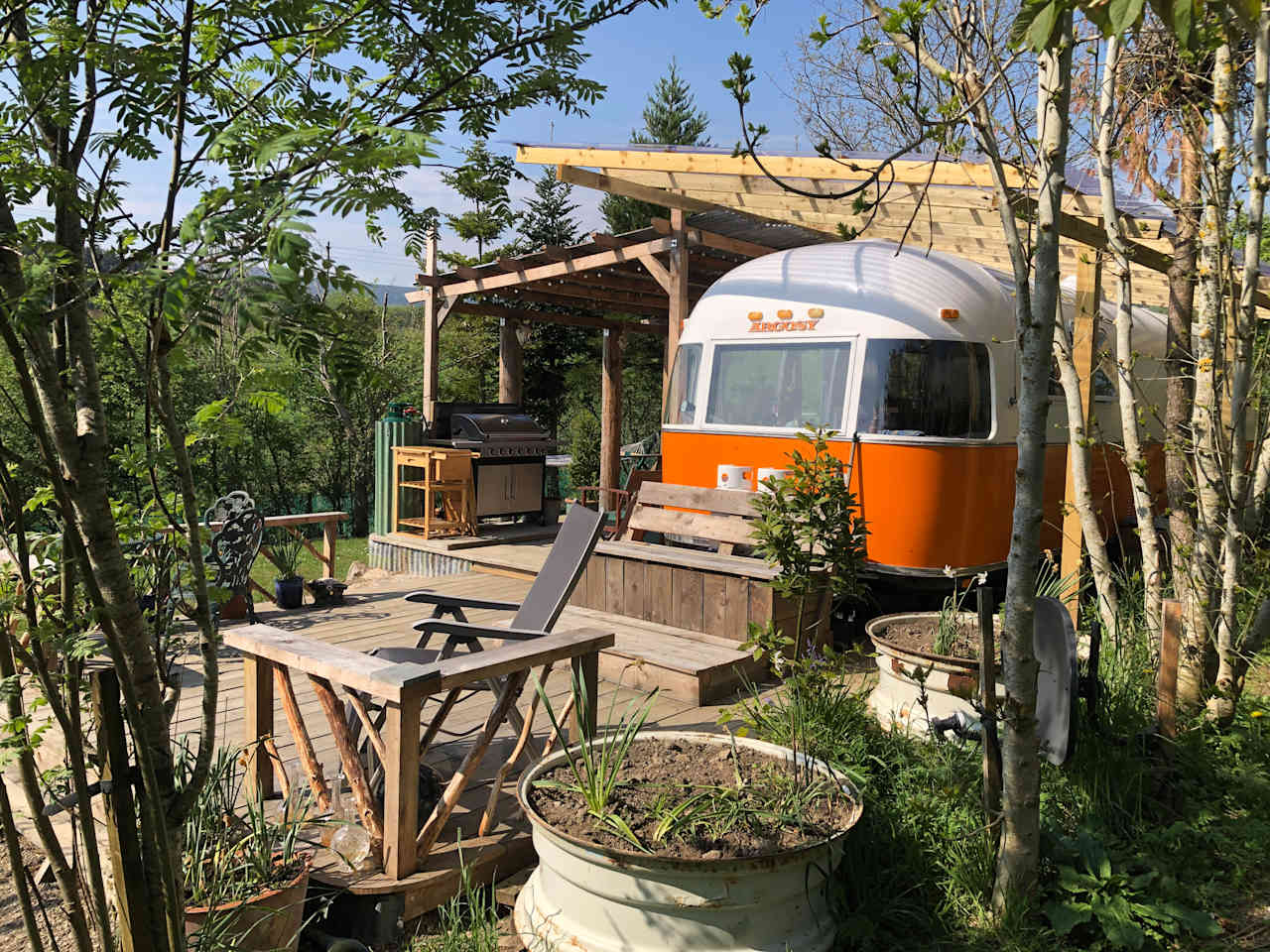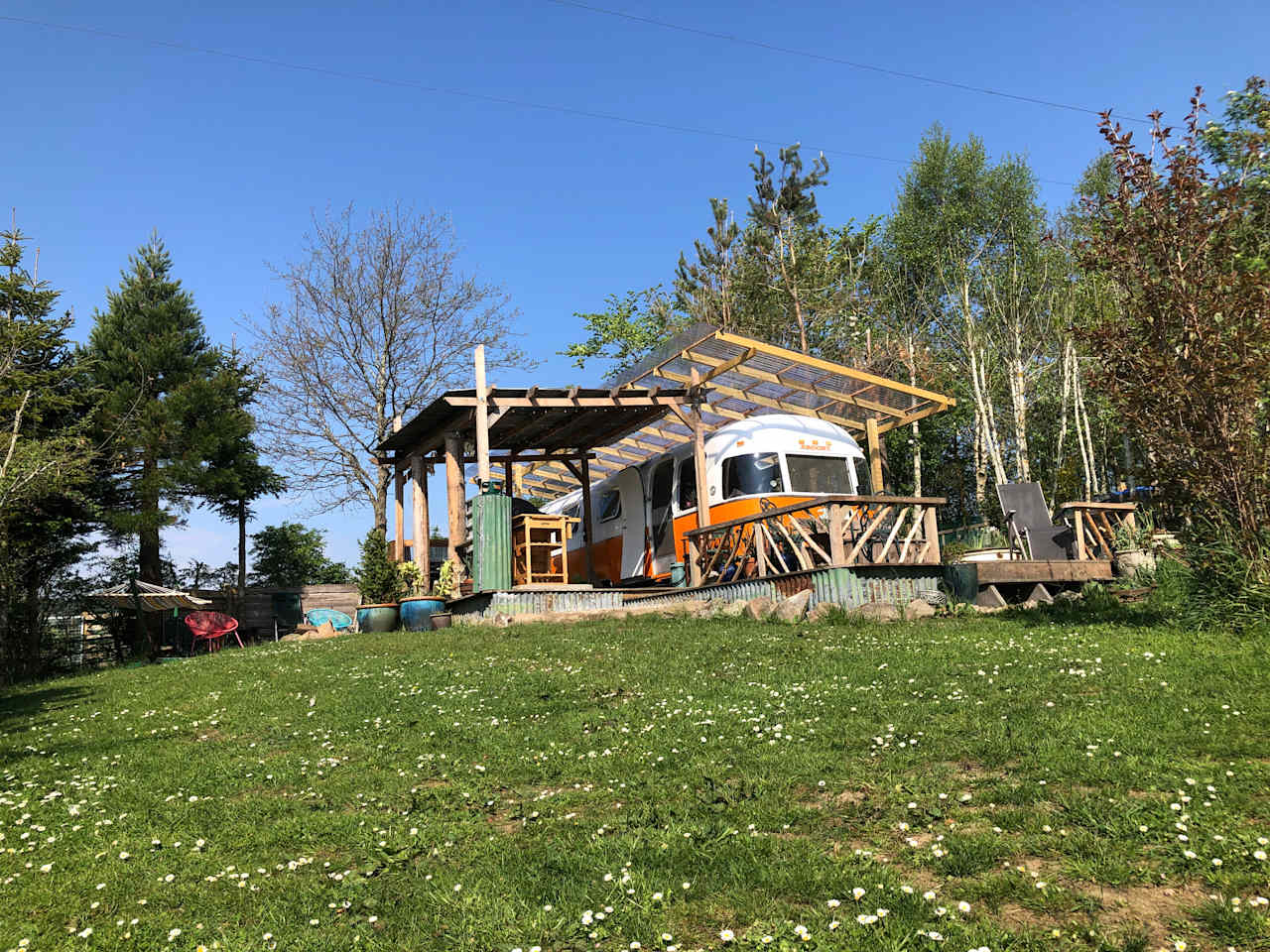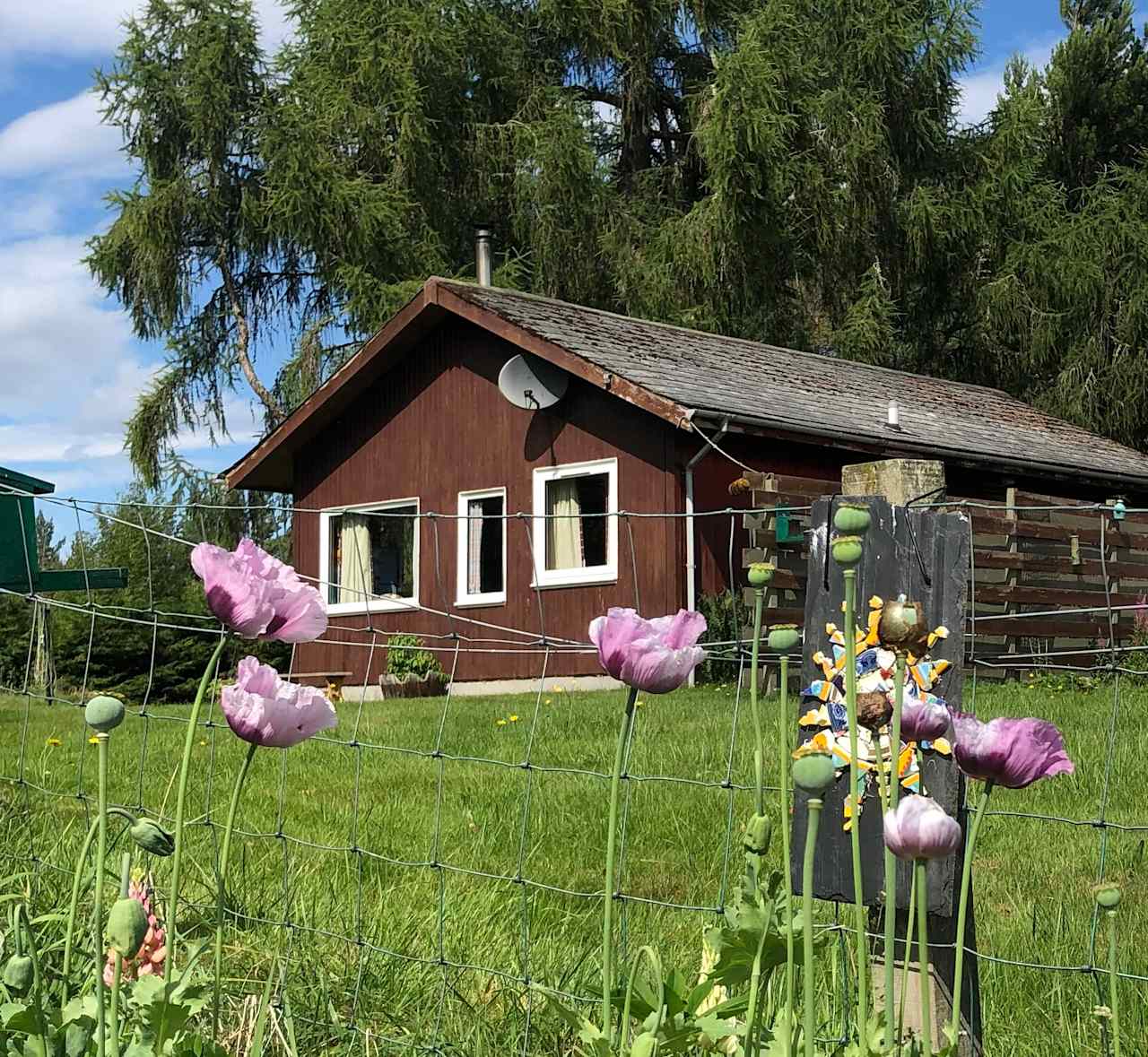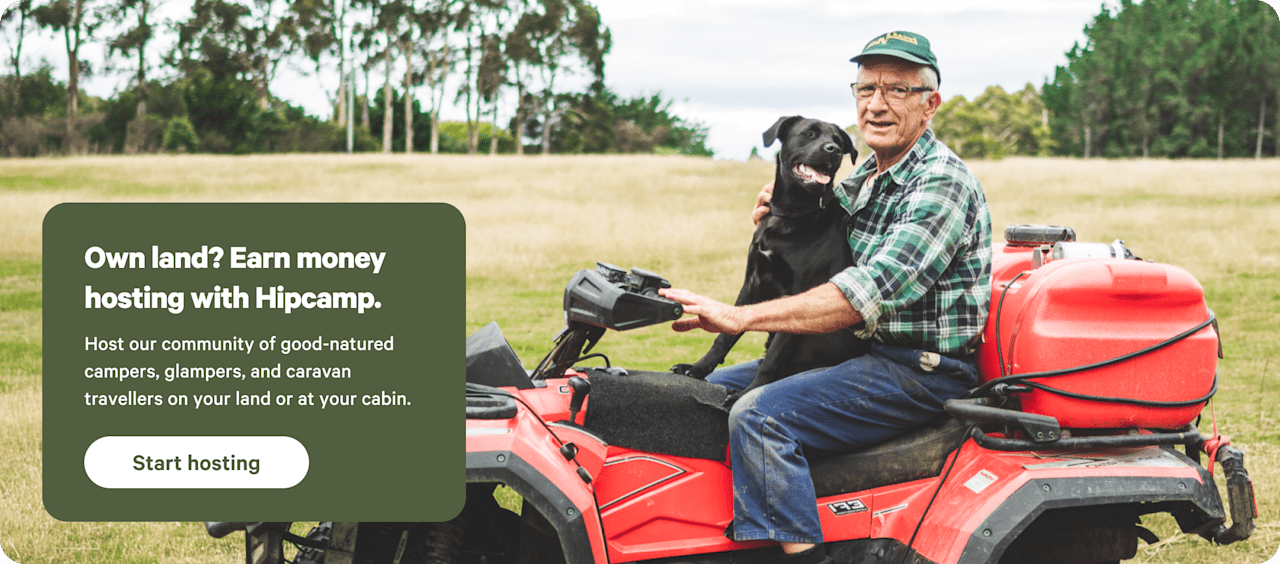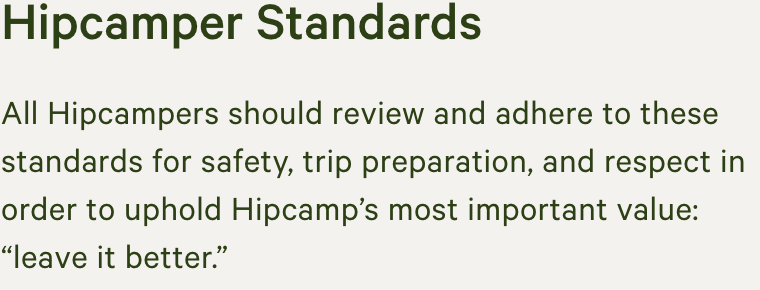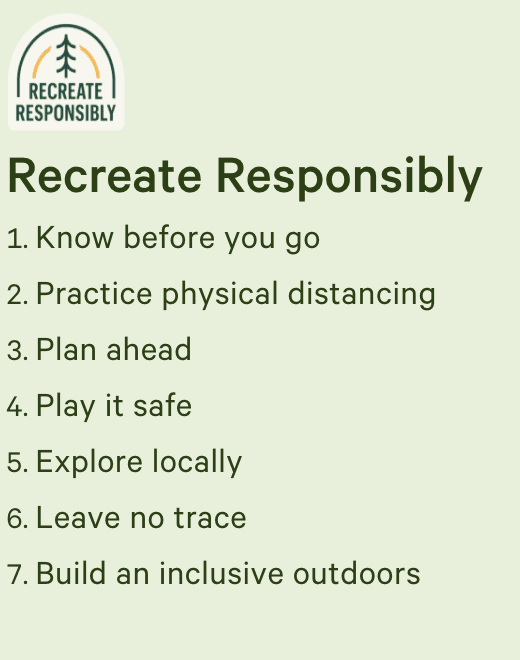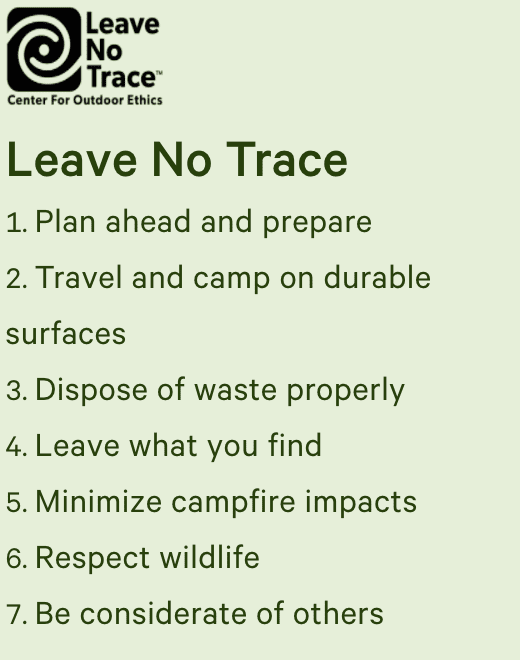Campsites near Inverurie
Steeped in history, Inverurie is a gateway to the vast Aberdeeshire countryside.
- Inverurie
Star Hosts in Inverurie
Under £50
The Loft Glamping & Camping
Bankhead Croft
Hillside Meadows
Doigh Nadair
12 top campsites near Inverurie
Cairngorms Glamping and Campsite
The Loft Glamping & Camping
Culdees Castle Estate Glamping
Sinclair Bay Lodges
Muiredge
Hillside Meadows
Aberdeenshire Airstream
Bankhead Croft
The Snug at Logie Farm
Doigh Nadair
Harvest Moon Holidays Beach Cabins
Mondhuie Chalets
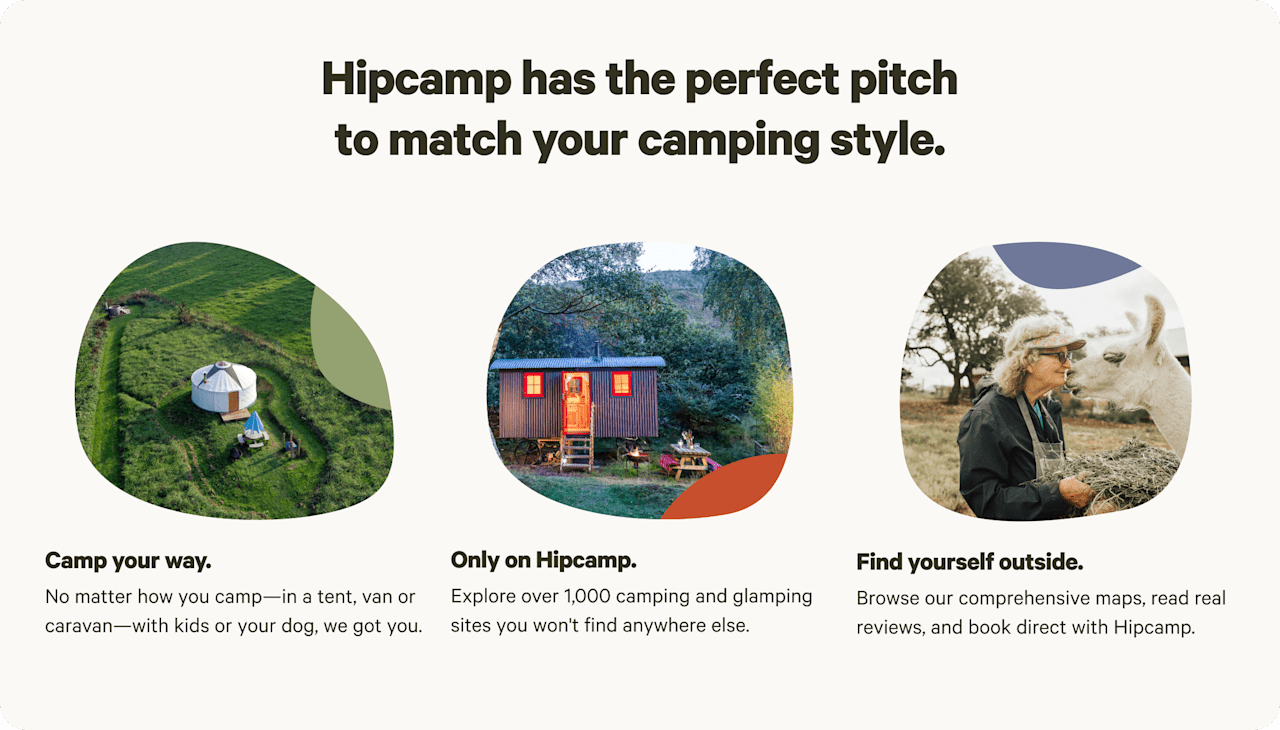

Campsites near Inverurie guide
Overview
Close to Aberdeen, the small town of Inverurie makes for an excellent base for exploring the larger Aberdeenshire region. You’ll be within easy reach of the Bennachie range of hills, popular with walkers and climbers who can take in views of Aberdeenshire’s vast countryside from the summits, particularly that of the 1,699-foot (518-metre) Mither Tap and 1.732-foot (528-metre) Oxen Craig. The town itself is steeped in history with nearby attractions including the medieval Kinkell Church; the probable site of Mons Grampius where the Romans defeated the Picts in 84 AD, and, at Easter Aquhorthies, a stone circle and Pictish symbol stone.
Where to go
Kintore
Fans of ancient history should visit Kintore, lying on the southwest bank of the River Don south of Inverurie, which is home to another carved Pictish stone. Golfers can play a round at the Kintore Golf Club and walkers can embark on a number of trails through the forests that surround the town. Hillhead Caravan Park has pitches for tents and tourers.
Insch
More Pictish stones await in Insch, northwest of Inverurie. The village is home to the Picardy Stone, believed to date from the seventh century. There’s also an 18-hole golf course in Insch and the village centre is the beginning point of the 19-mile (31-kiometre) Insch to Oyne cycle route. The Coachhouse Camping and Caravanning Club Site has a handful of pitches for tourers and tents.
Ellon
Northeast of Inverurie, Ellon is known for its stately home, Haddo House, which visitors can explore and wander around the sprawling estate’s gardens and deer park. You can also visit the BrewDog brewery and the famed company’s original bar. Nearby Newburgh and the Ythan Estuary are great for spotting wildlife, including eider ducks and seals, and taking a walk along the coast. Tucked into a meadow close to Haddo House, Ythan Vally Campsite has peaceful tent pitches.
When to go
This corner of northeast Scotland is said to enjoy half the rainfall of the rest of the country, making it a year-round destination. For wildlife spotting, long daylight hours and enjoying landscapes covered in colourful wildflowers, spring and summer are your best bets. However, there’s always a chance of catching a glimpse of the northern lights in the winter months (if you don’t mind the chilly temperatures).
Know before you go
- Wild camping is permitted throughout Scotland, as long as you follow the Scottish Outdoor Access Code.
- Inverurie train station has direct links to Aberdeen and Inverness. Local buses can get you around most nearby places of interest.
- Inverurie has several supermarkets and camping shops, where you should find everything you need.









